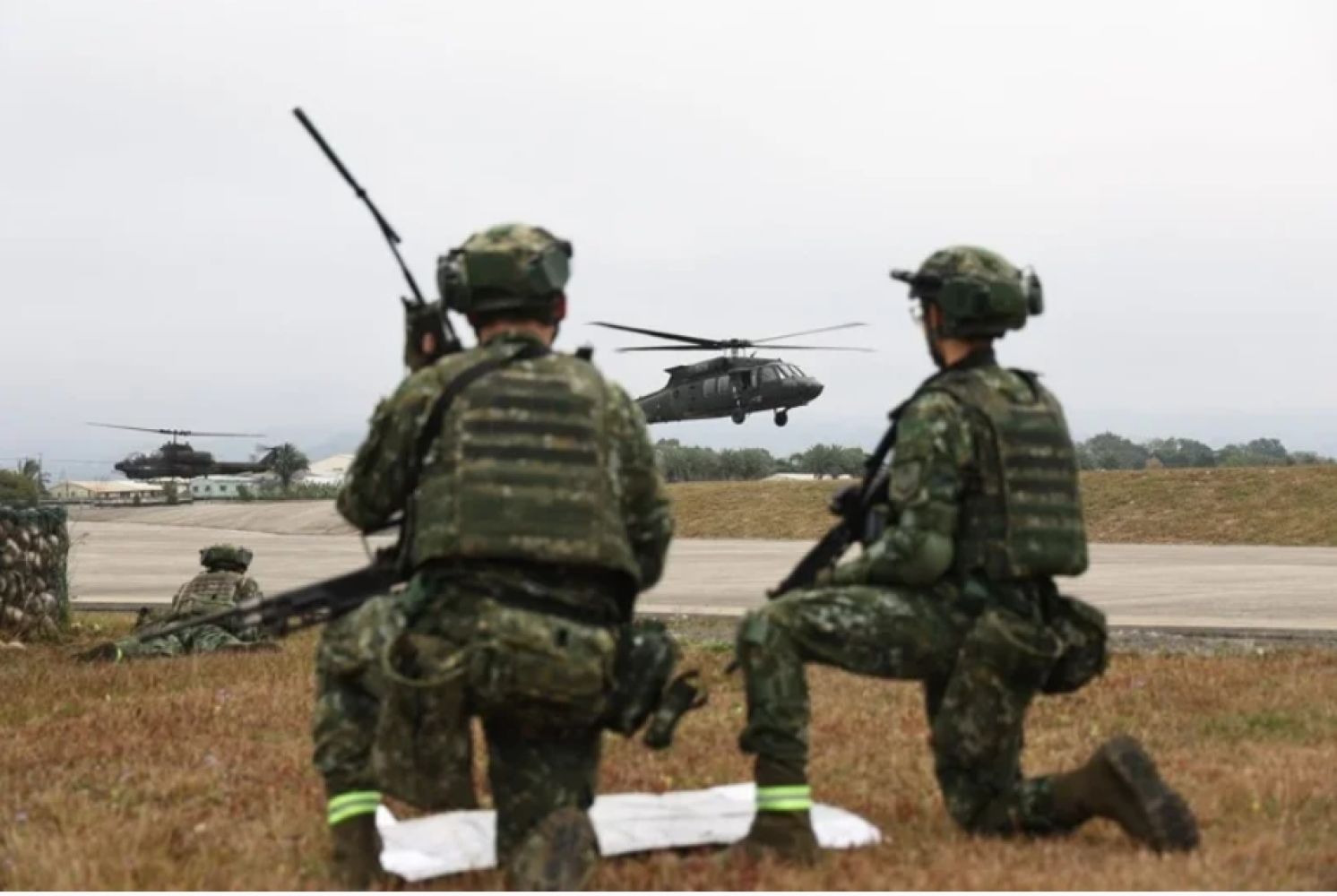
Concerns Raised By Battalion Commanders Highlight Crisis in Taiwan's Military Readiness
United Daily News Editorial, August 31, 2024
Four infantry battalion commanders about to deploy have jointly petitioned lawmakers, revealing severe deficiencies in equipment and leadership that hinder their ability to execute training missions. Despite persistent requests for support within the military, their appeals have gone unanswered, leading them to seek assistance from military-affiliated legislators. Although Taiwan’s defense budget is set to reach a historic high of NT$647 billion (about US$20.1 billion) next year, basic necessities like communication devices and gas masks are still lacking, and fundamental equipment checks are failing. Meanwhile, the government plans to invest heavily in building seven submarines, raising concerns about prioritization.
The military has long struggled with shortages of both personnel and equipment. Paradoxically, while the military claims to have surpassed recruitment targets, front-line units continue to report shortages. The Ministry of National Defense acknowledges that demographic decline, the pandemic, and the job market have led to a continuous drop in recruitment rates, from 89 percent three years ago to just 79 percent this year. Although over 100,000 conscripts are expected this year, numbers are projected to fall to 74,000 in two years.
Even if the military manages to recruit personnel, retaining them remains a significant issue. This year, the retention rate for voluntary soldiers is just 78 percent, with enlisted soldiers leaving at an even higher rate. Last year saw a record 4,066 soldiers deemed unfit for service. Although there are nearly 7,000 one-year conscripts this year, most veterans have already left before the new recruits arrive.
Moreover, there is a critical shortage of military officers, particularly junior officers and sergeant majors who directly lead troops. Battalion commanders preparing for training face shortages of communication equipment and tactical vehicles, leaving them with inadequate operational capabilities and limited situational awareness. Insufficient equipment hampers training and readiness, with failing inspections impacting performance evaluations and promotions. In this dire situation, some commanders feel that escalating their concerns to the legislature is the only way to address these issues and potentially improve their circumstances.
This sentiment has driven battalion commanders to openly criticize the situation, despite the risk of repercussions. Their actions reveal the severe nature of the personnel and equipment shortages. In a scenario where officers and soldiers are scarce, and equipment is lacking, the military might resort to makeshift solutions, with officers stepping into lower-level roles and makeshift weapons substituting for proper gear. Such conditions raise questions about whether Taiwan’s defense strategy truly reflects the "resilient and effective military" described by President Lai.
The allocation of the defense budget reveals a clear disparity: next year's military investment and procurement budget will total NT$236.2 billion (about US$7.3 billion), while personnel maintenance costs are only NT$181.5 billion (about US$5.6 billion). The Ministry of National Defense is prioritizing expenditure on advanced weapons, cutting costs on basic equipment and personnel expenses. This discrepancy has led to record-high defense spending, yet persistent issues of personnel and equipment shortages at the grassroots level. This imbalance suggests a potential miscalculation or overestimation of the military's actual combat readiness.
The low personnel-to-organization ratio at the grassroots level translates into increased strain on military training and defensive missions, relying on inadequately trained personnel to meet military challenges. Frequent overwork makes it even harder to retain troops. With limited military benefits compared to the richer opportunities in civilian life, it is challenging for the military to attract and retain young recruits. Merely appealing to a sense of duty is insufficient for modern military readiness.
Furthermore, with mainland China's increasing provocations and constant naval and aerial maneuvers around Taiwan, the intent is to test the military’s endurance and capability through persistent, low-level harassment. The military needs to demonstrate robust preparedness through effective training. For frontline units, this training is a heavy burden. If the military does not address these fundamental issues and lead by example to solve the challenges faced by personnel, it will struggle to maintain morale and readiness in the face of Chinese provocations.
For Minister of National Defense Wellington Koo, it is essential not only to meet U.S. demands for stronger maritime capabilities but also to address long-standing issues within the military with a fresh perspective. Personnel and equipment must meet logistical requirements for actual combat readiness to effectively handle modern warfare. Without addressing these fundamental shortages, even the best strategic plans will fall short of achieving victory.
From: https://udn.com/news/story/7338/8194982
〈Back to Taiwan Weekly Newsletter〉